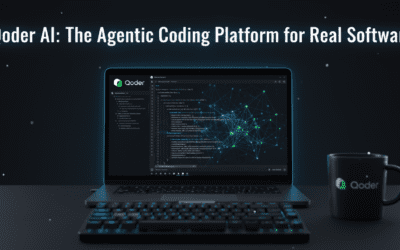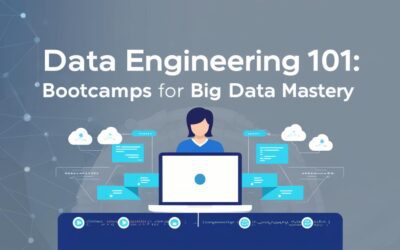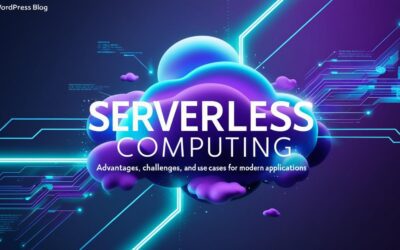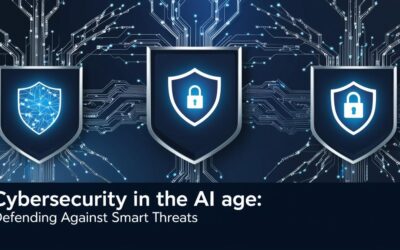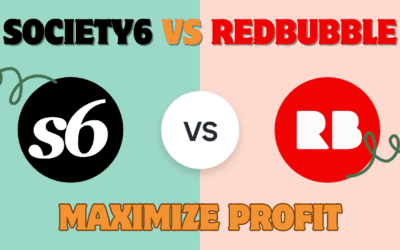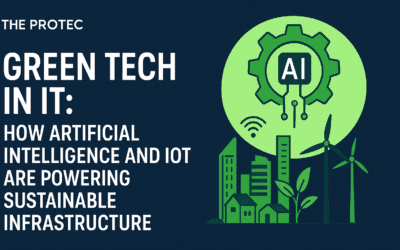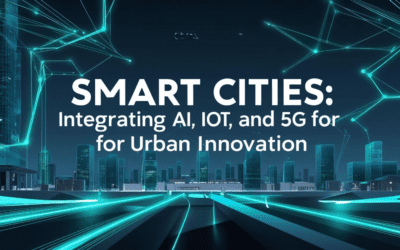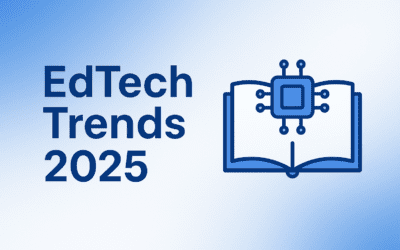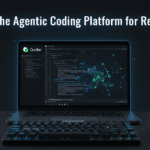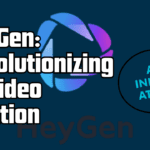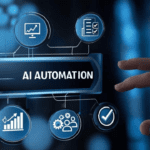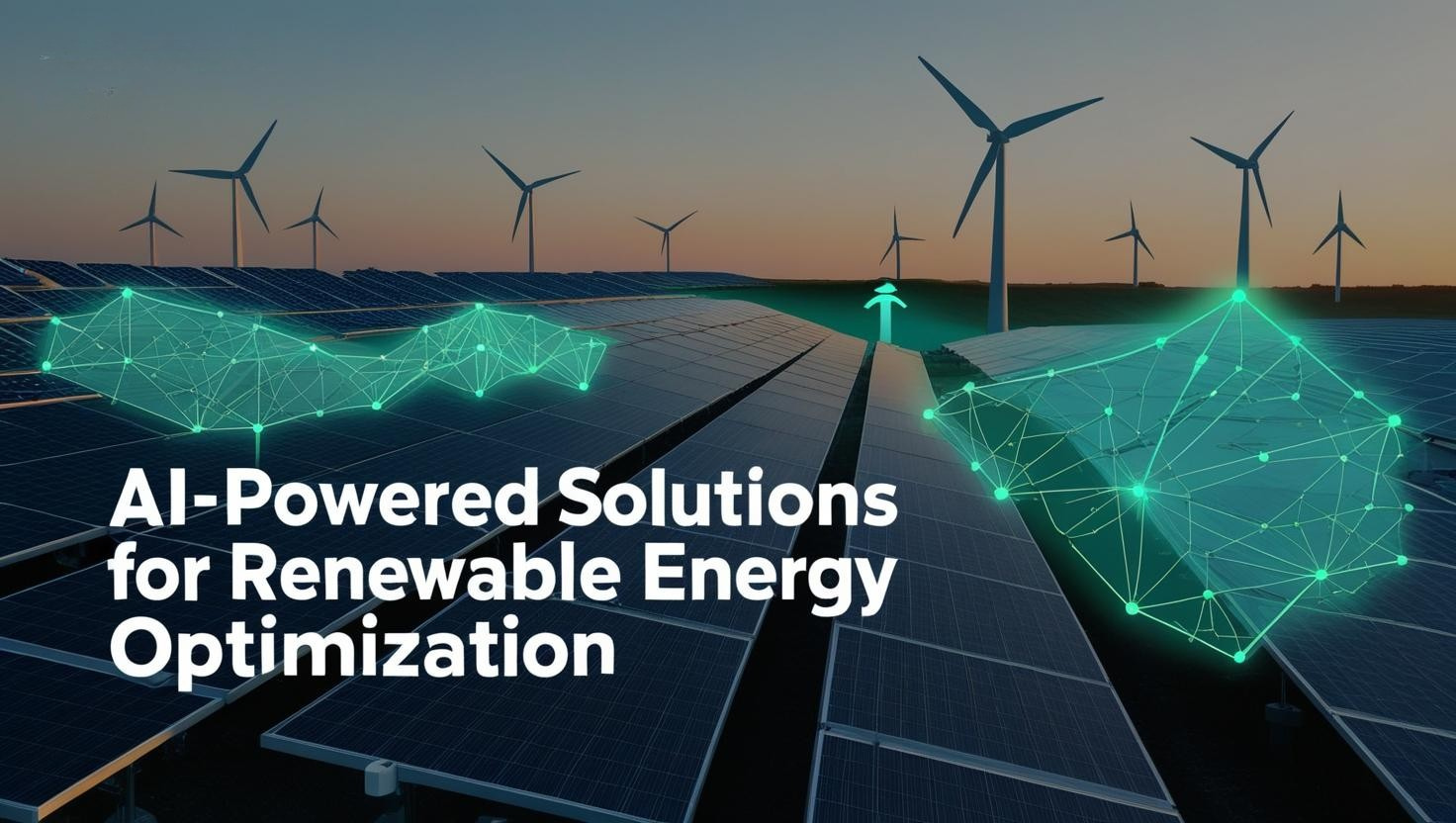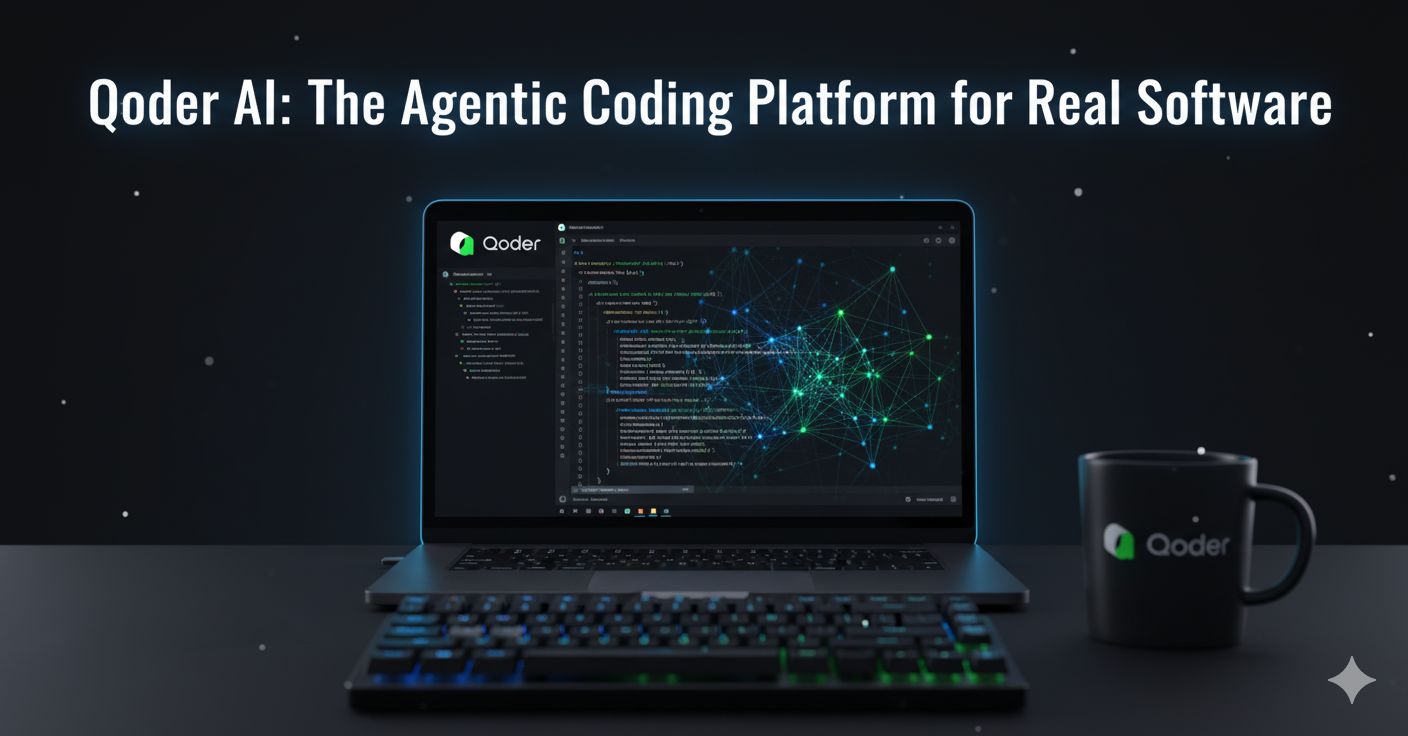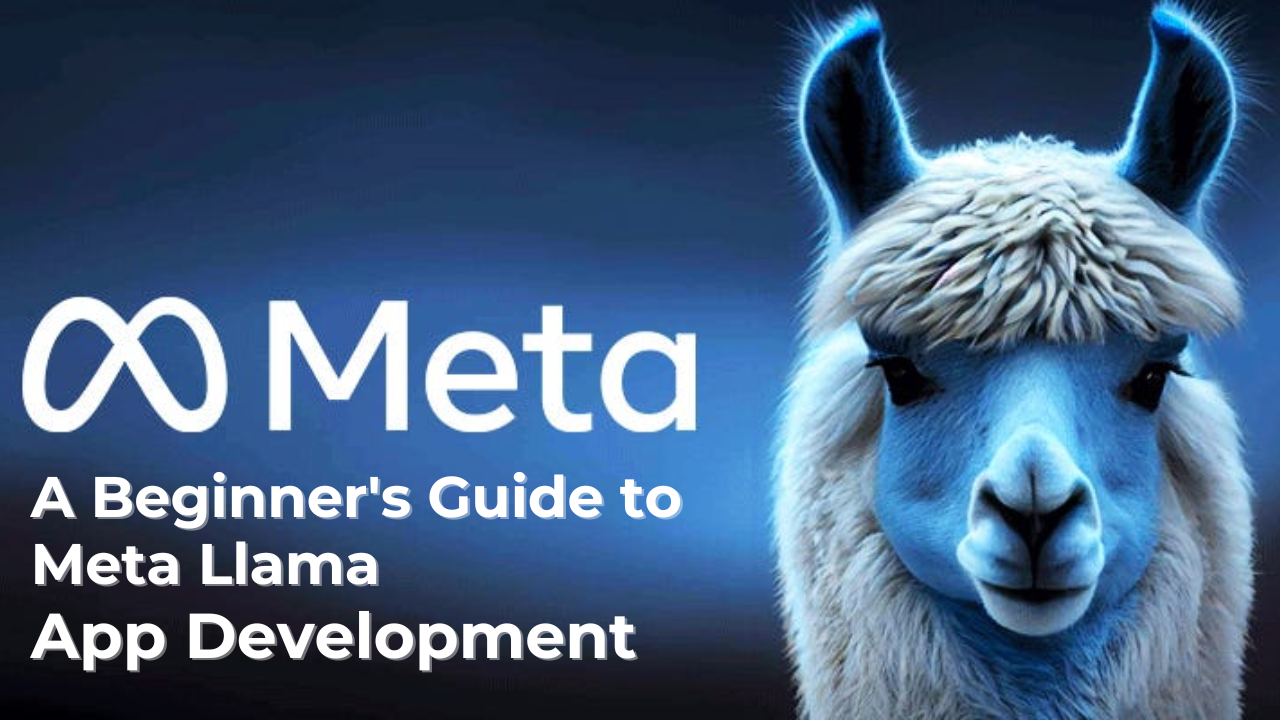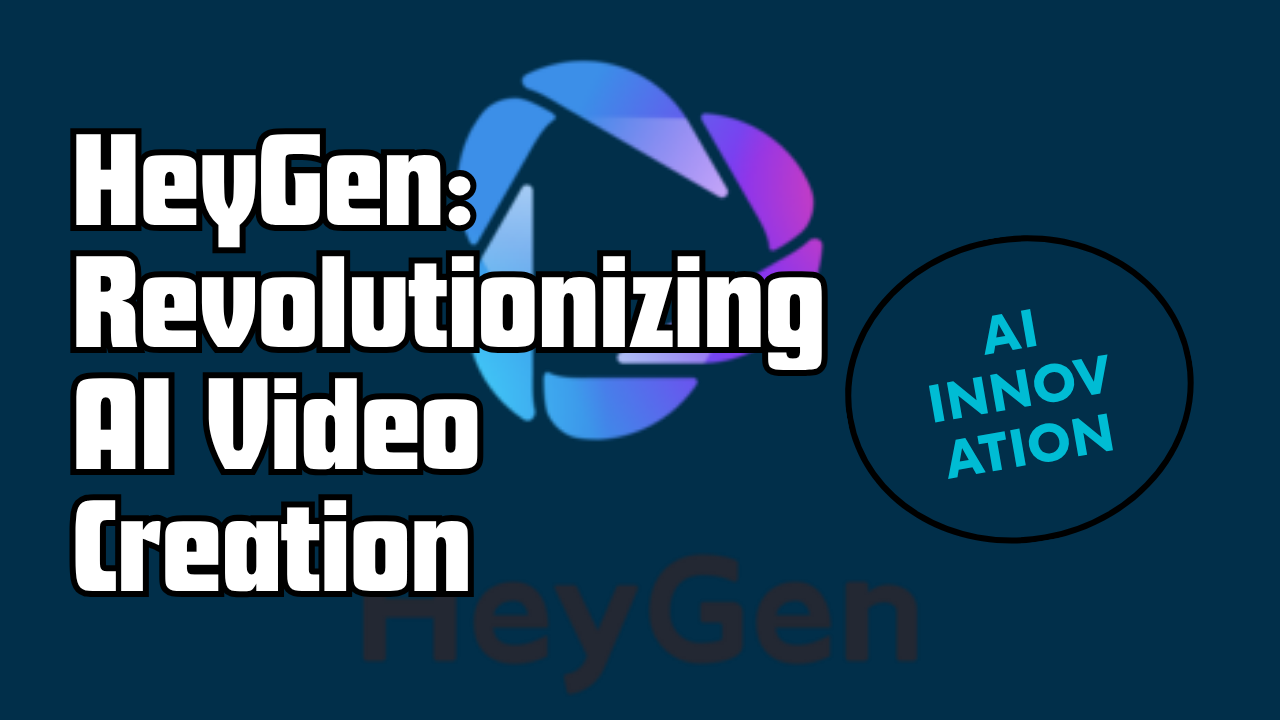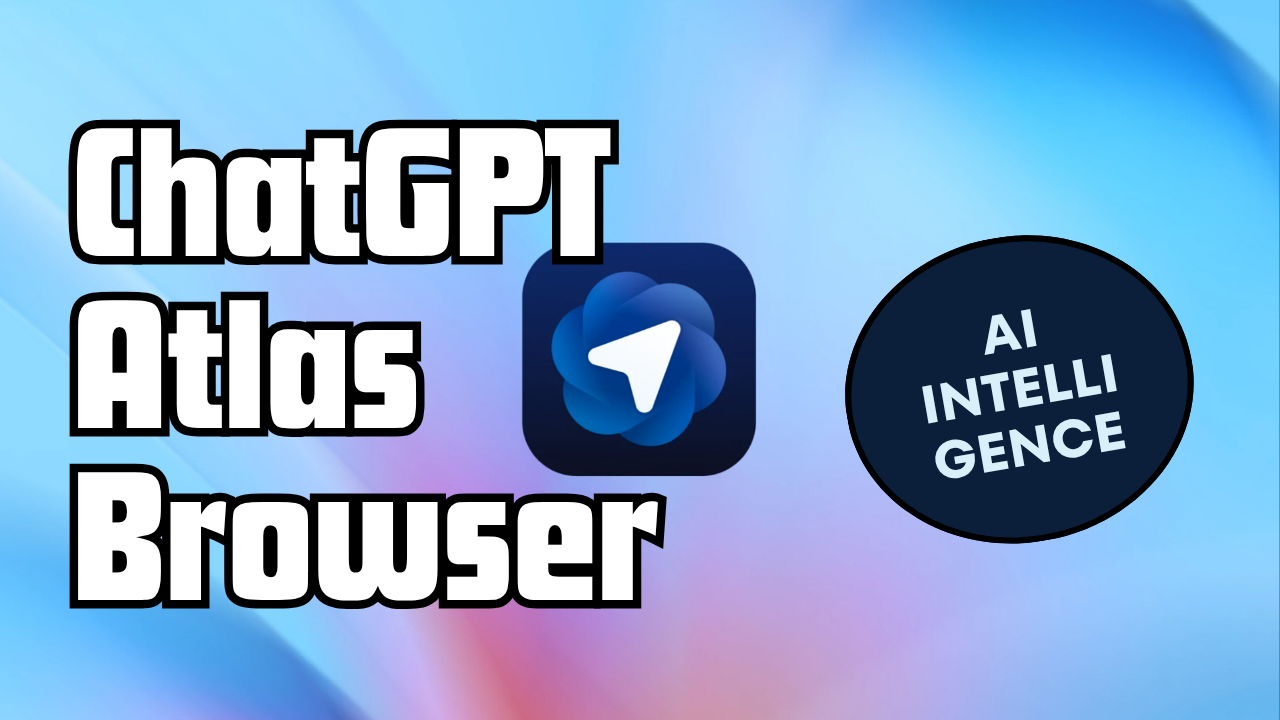Introduction
As climate change accelerates, the shift to renewable energy is no longer optional—it’s urgent. Solar and wind power dominate this transition, but their intermittent nature poses challenges. Enter AI-powered solutions for renewable energy optimization, which harness machine learning and predictive analytics to maximize efficiency, stabilize grids, and reduce waste. By 2027, AI-driven energy management could cut global carbon emissions by 4% (IEA, 2023). In this article, we explore how AI is transforming renewables and why it’s critical to achieving a net-zero future.
How AI Optimizes Renewable Energy
AI tackles renewable energy’s biggest hurdles: unpredictability and grid instability. Here’s how:
- Predicting Production Patterns
- Machine learning models analyze weather data, historical trends, and sensor inputs to forecast solar/wind output with 95% accuracy (NREL, 2024).
- Example: Google’s DeepMind uses AI to predict wind farm output 36 hours ahead, boosting energy value by 20%.
- Managing Smart Grids
- AI balances supply and demand in real time, integrating renewables with storage systems like Tesla’s Powerwall.
- During California’s 2023 heatwave, AI-powered grids prevented blackouts by rerouting solar energy to high-demand zones.
- Minimizing Waste
- AI identifies underperforming solar panels or malfunctioning wind turbines, reducing downtime by 30% (GE Renewable Energy, 2023).
Case Studies & Real-World Applications
Solar Energy Optimization
- IBM’s Green Horizon: Uses AI to optimize solar farm layouts, increasing energy yield by 15% in India’s Rajasthan desert.
- Drone Inspections: AI analyzes thermal images from drones to detect faulty panels, cutting maintenance costs by 50% (SolarEdge, 2024).
Wind Energy Management
- GE’s Digital Wind Farm: AI adjusts turbine angles in real time based on wind speed, boosting efficiency by 25%.
- Predictive Maintenance: Siemens Gamesa uses AI to forecast turbine failures 2 weeks in advance, slashing repair costs by $100,000 per turbine annually.
Benefits, Challenges, and Future Trends
Benefits of AI-Powered Solutions:
- ⚡ Higher Efficiency: AI increases renewable energy output by up to 35% (McKinsey, 2023).
- 💰 Cost Reduction: Automation cuts operational expenses by 20-30% in solar/wind farms.
- 🌍 Scalability: AI enables rapid deployment of microgrids in remote areas.
Challenges to Address:
- 📊 Data Quality: Poor sensor data can skew predictions.
- 🔌 Grid Integration: Legacy infrastructure often resists AI upgrades.
- 🛡️ Cybersecurity: AI systems require robust protection against hacks.
Future Trends:
- AI + IoT: Smart meters and sensors will feed real-time data to AI models.
- Quantum Computing: Accelerates complex energy simulations 1,000x faster.
- Policy Support: Governments are funding AI-renewable projects, like the EU’s €1 billion Green Digital Initiative.
Conclusion
AI-powered solutions for renewable energy optimization are revolutionizing how we harness solar and wind power. From predictive analytics to smart grid management, AI is making renewables more reliable, affordable, and scalable. While challenges like data quality and cybersecurity persist, the technology’s potential to accelerate the energy transition is undeniable.
Citations:
- International Energy Agency (IEA): https://iea.org/ai-energy
- National Renewable Energy Laboratory (NREL): https://nrel.gov/ai
- GE Renewable Energy: https://ge.com/wind-energy
- EU Green Digital Initiative: https://ec.europa.eu/green-digital
